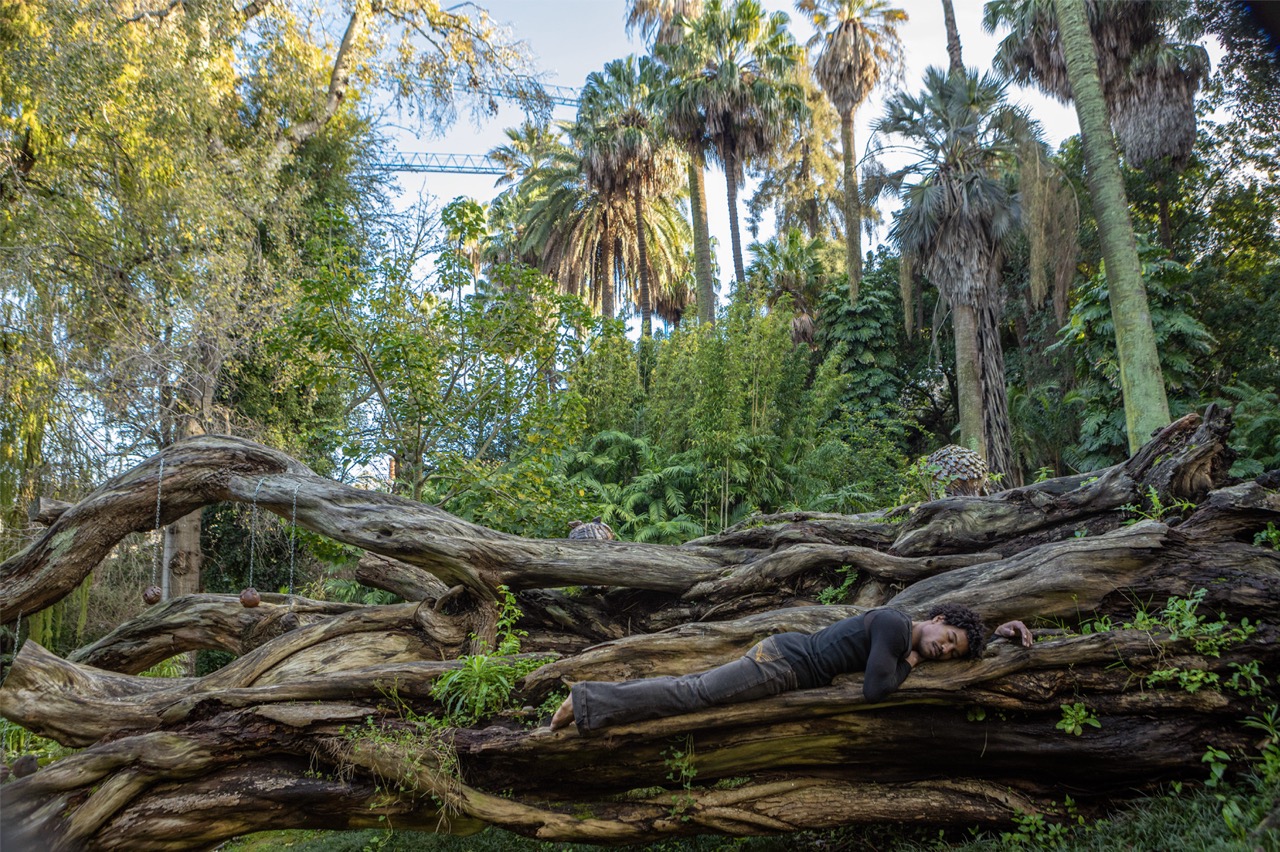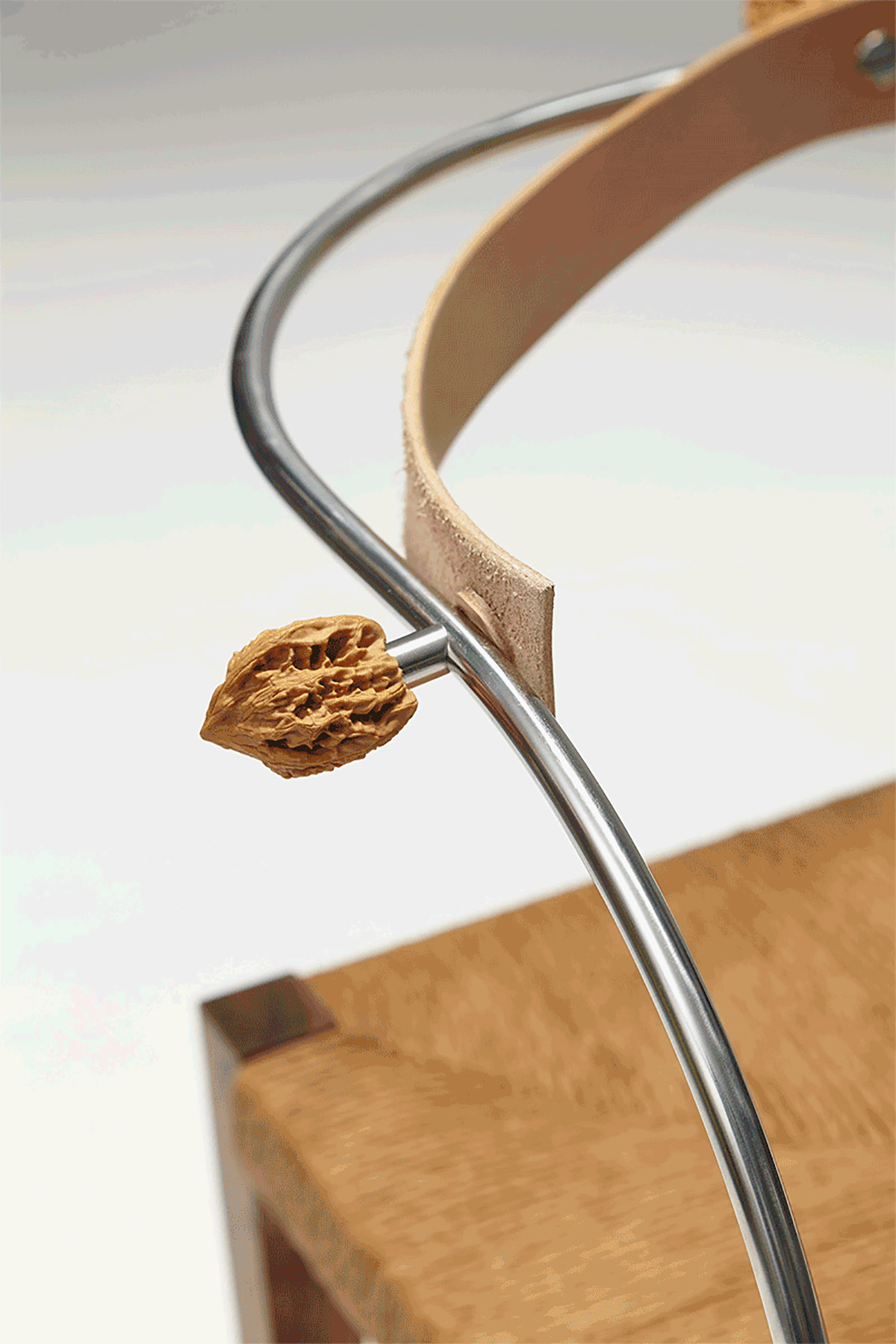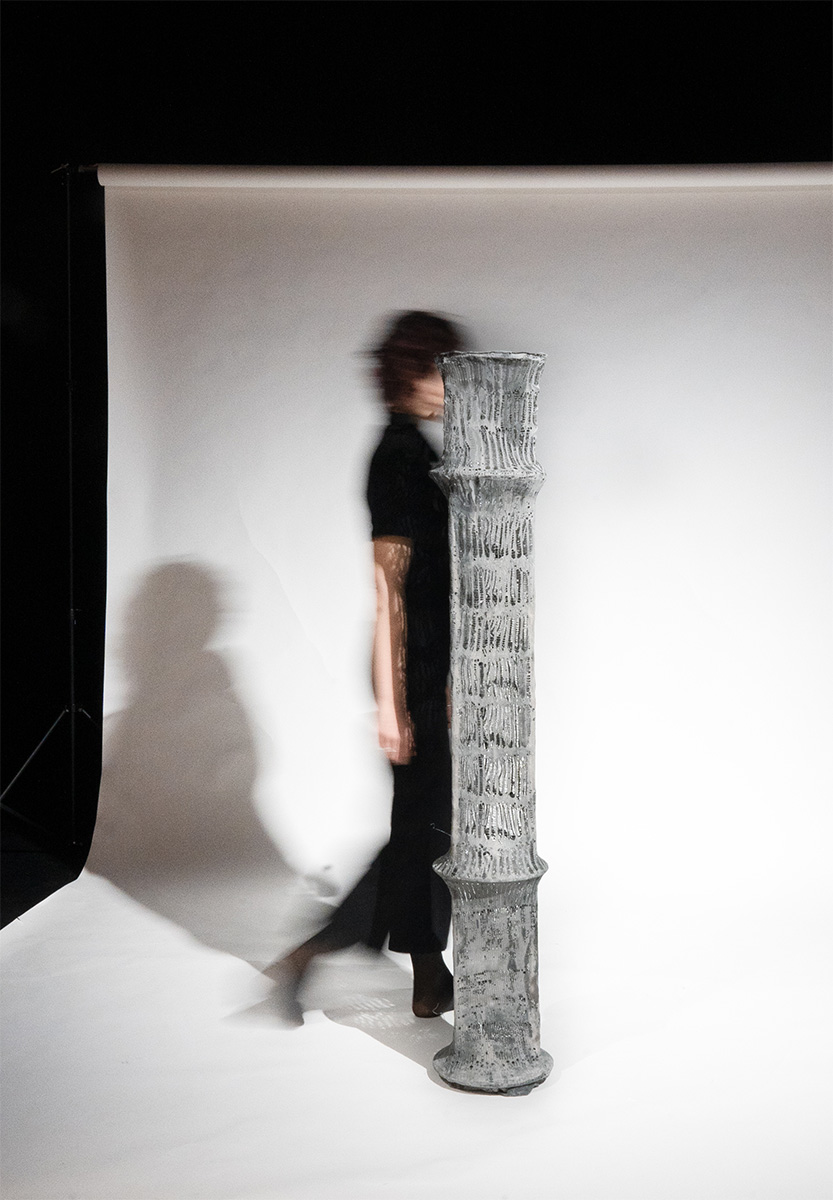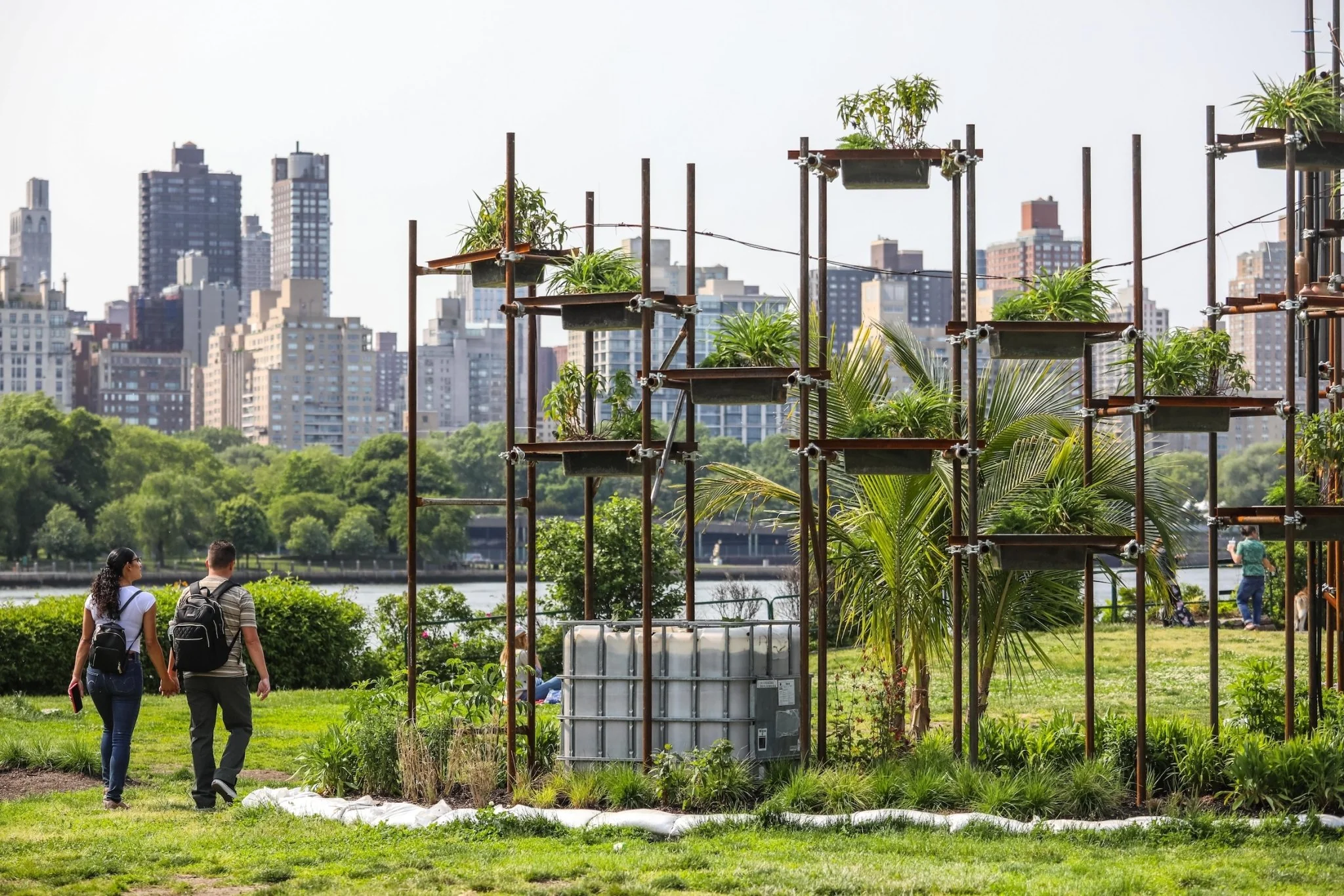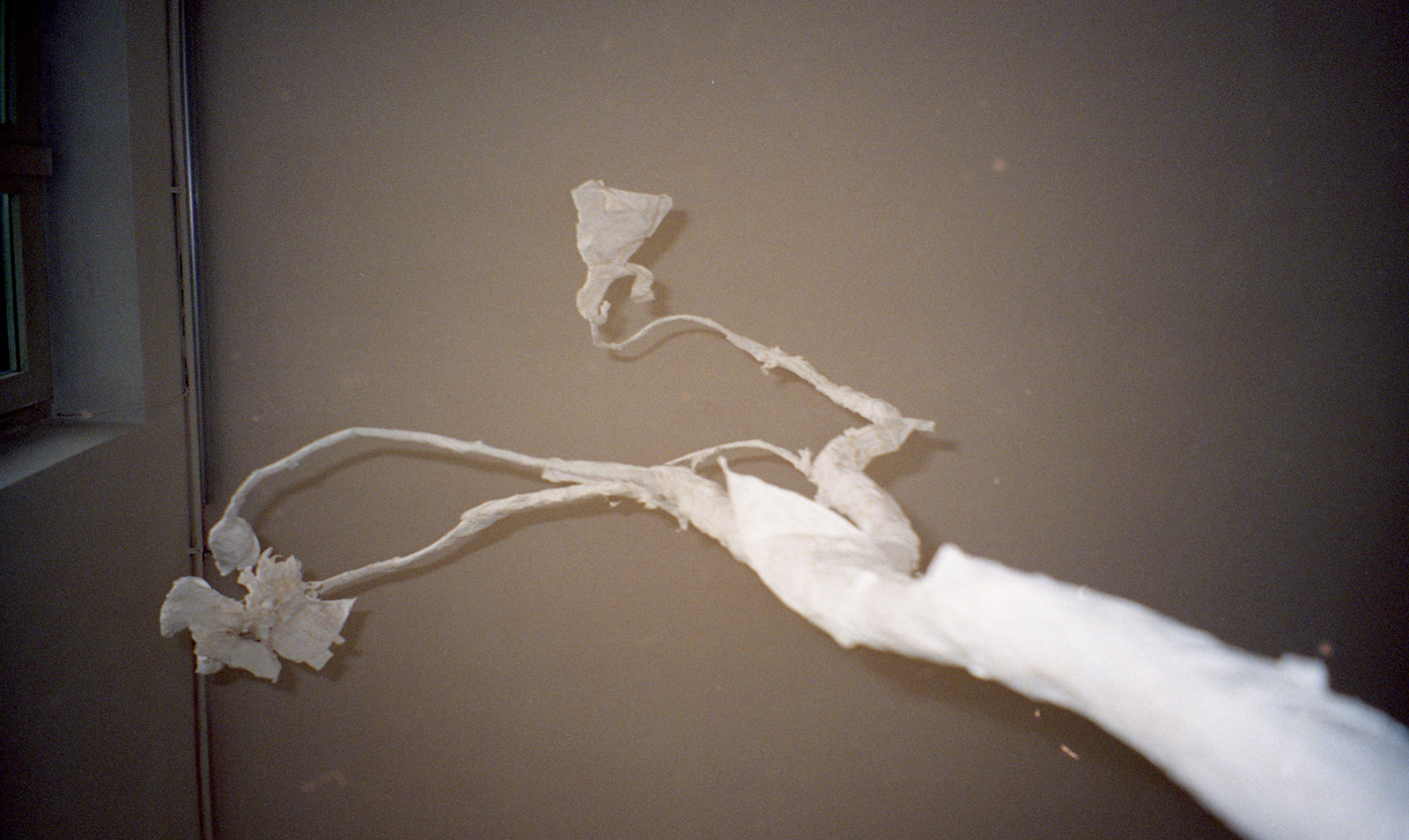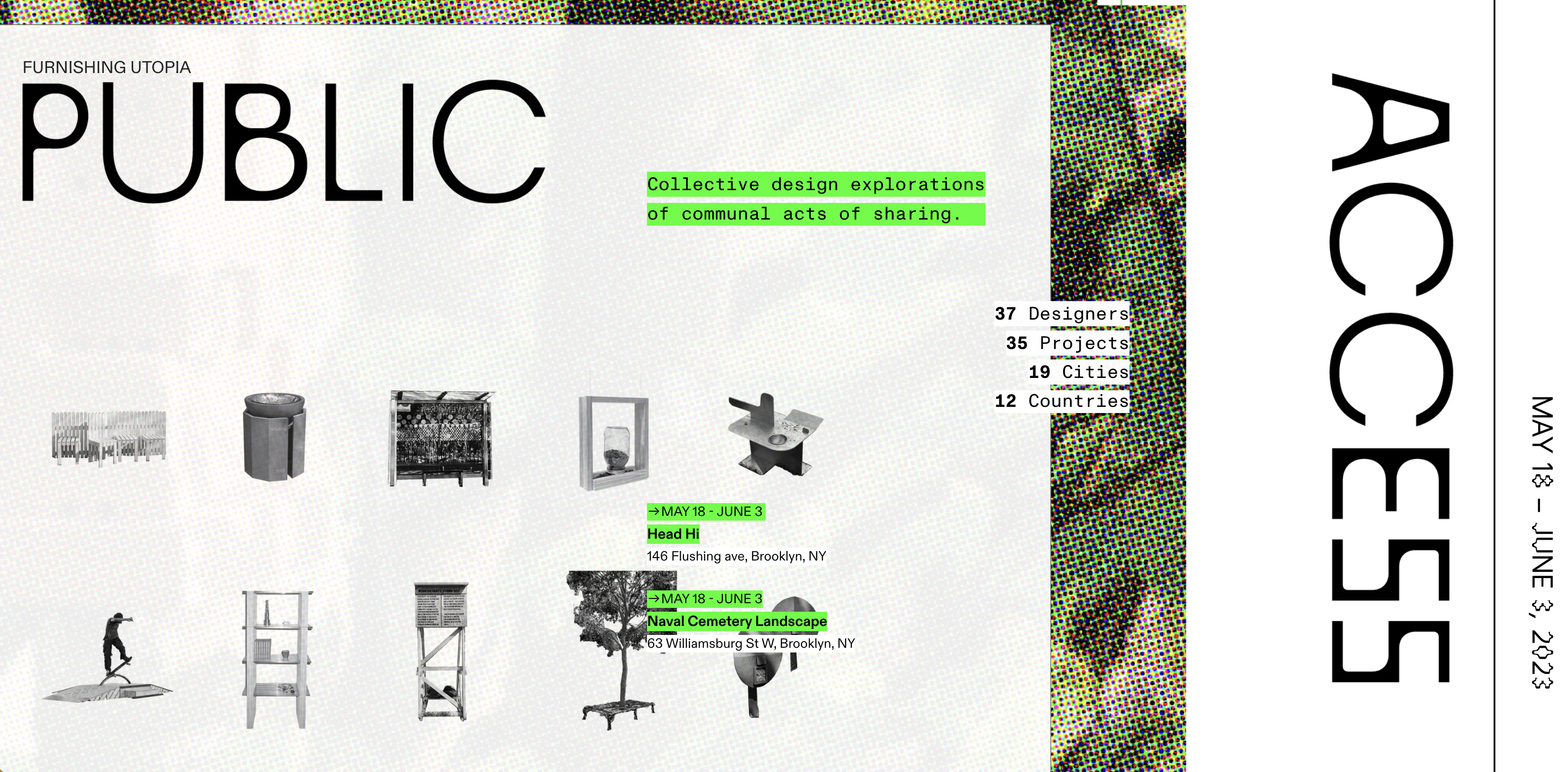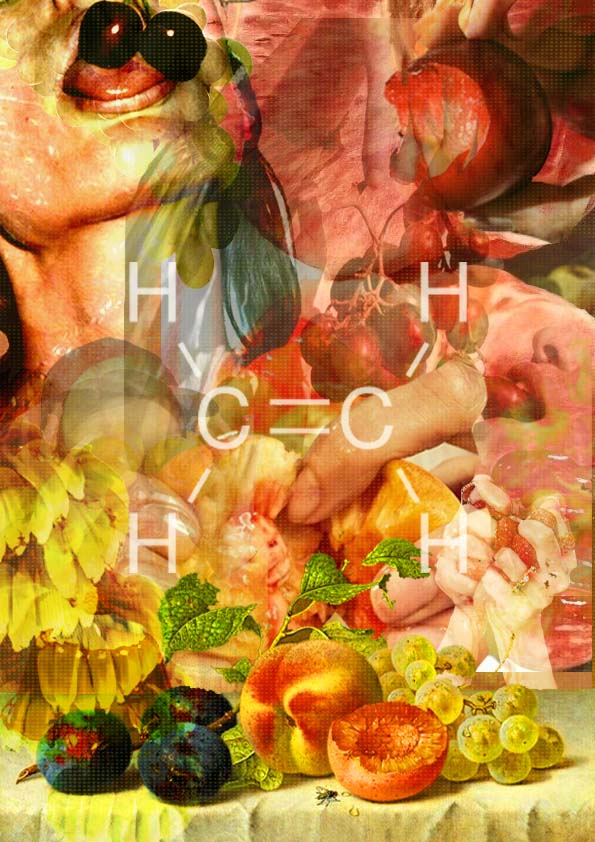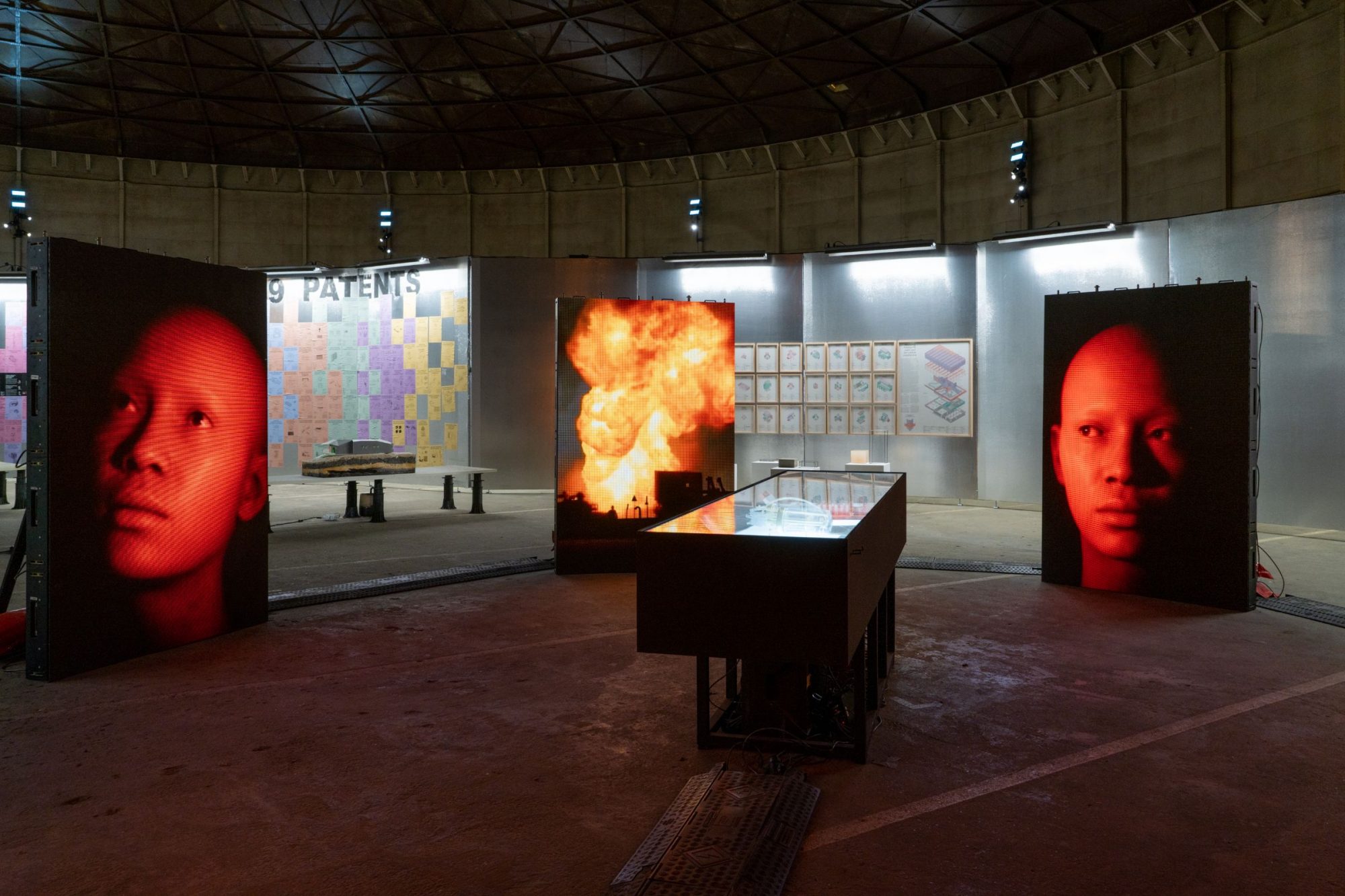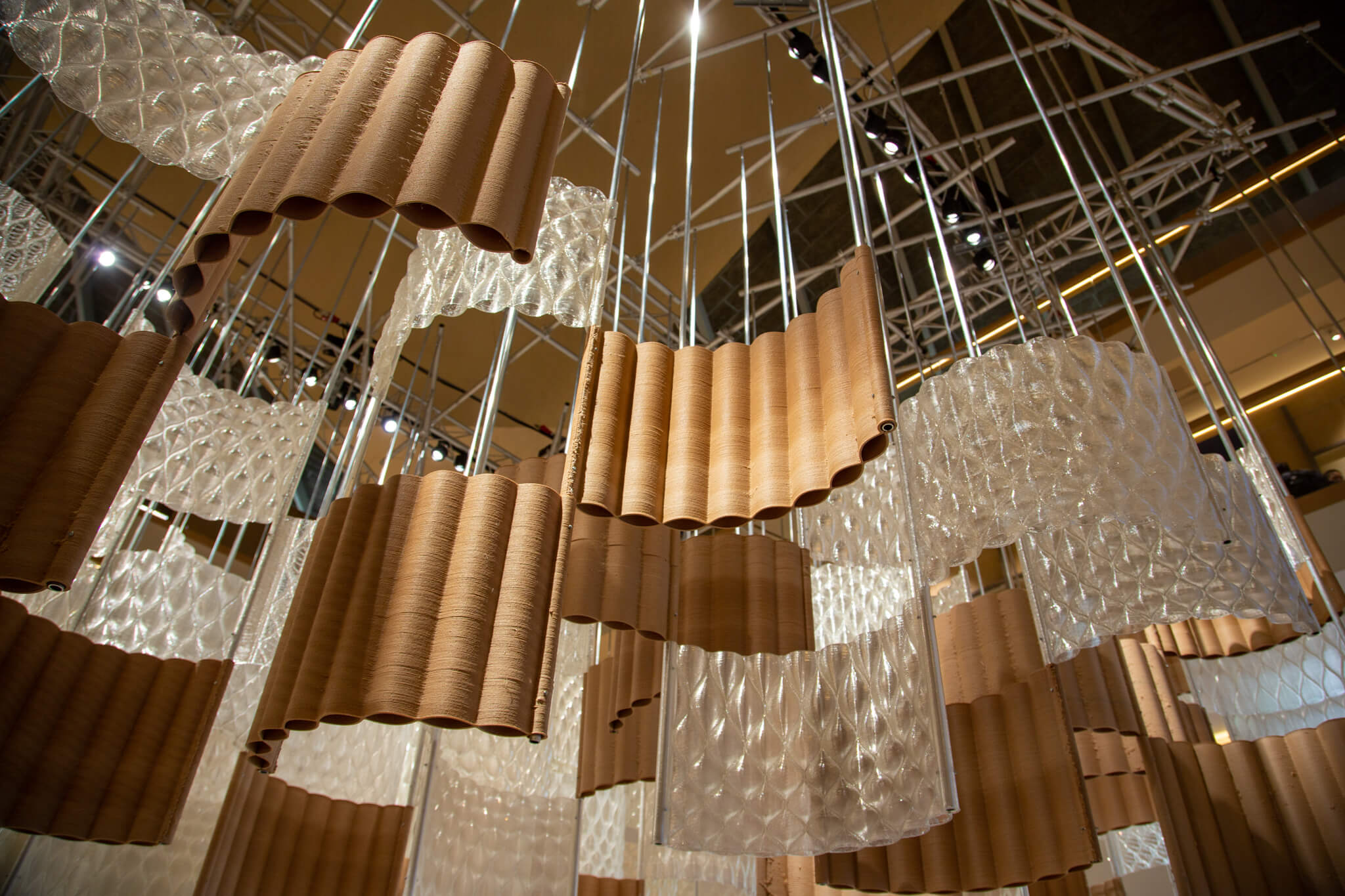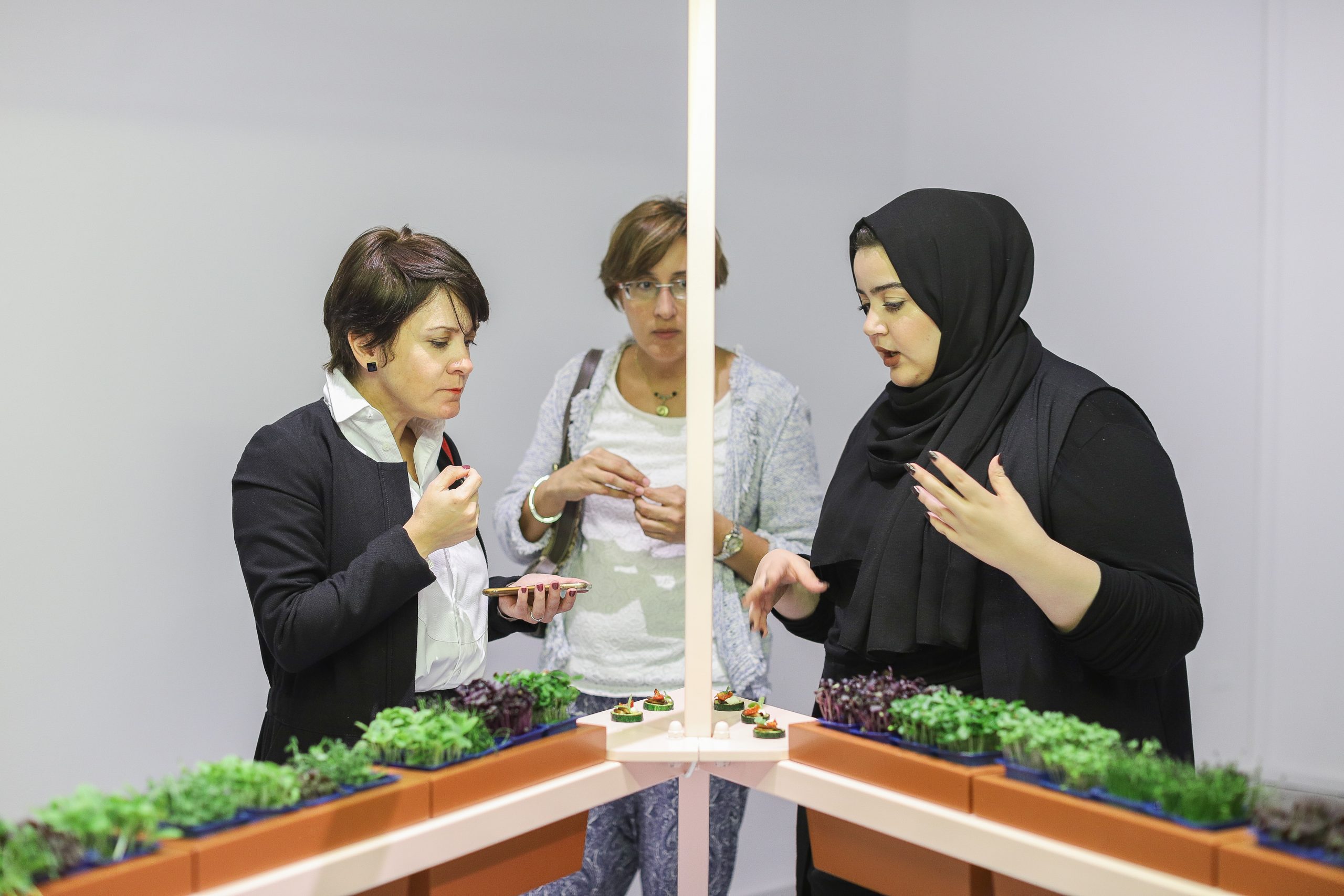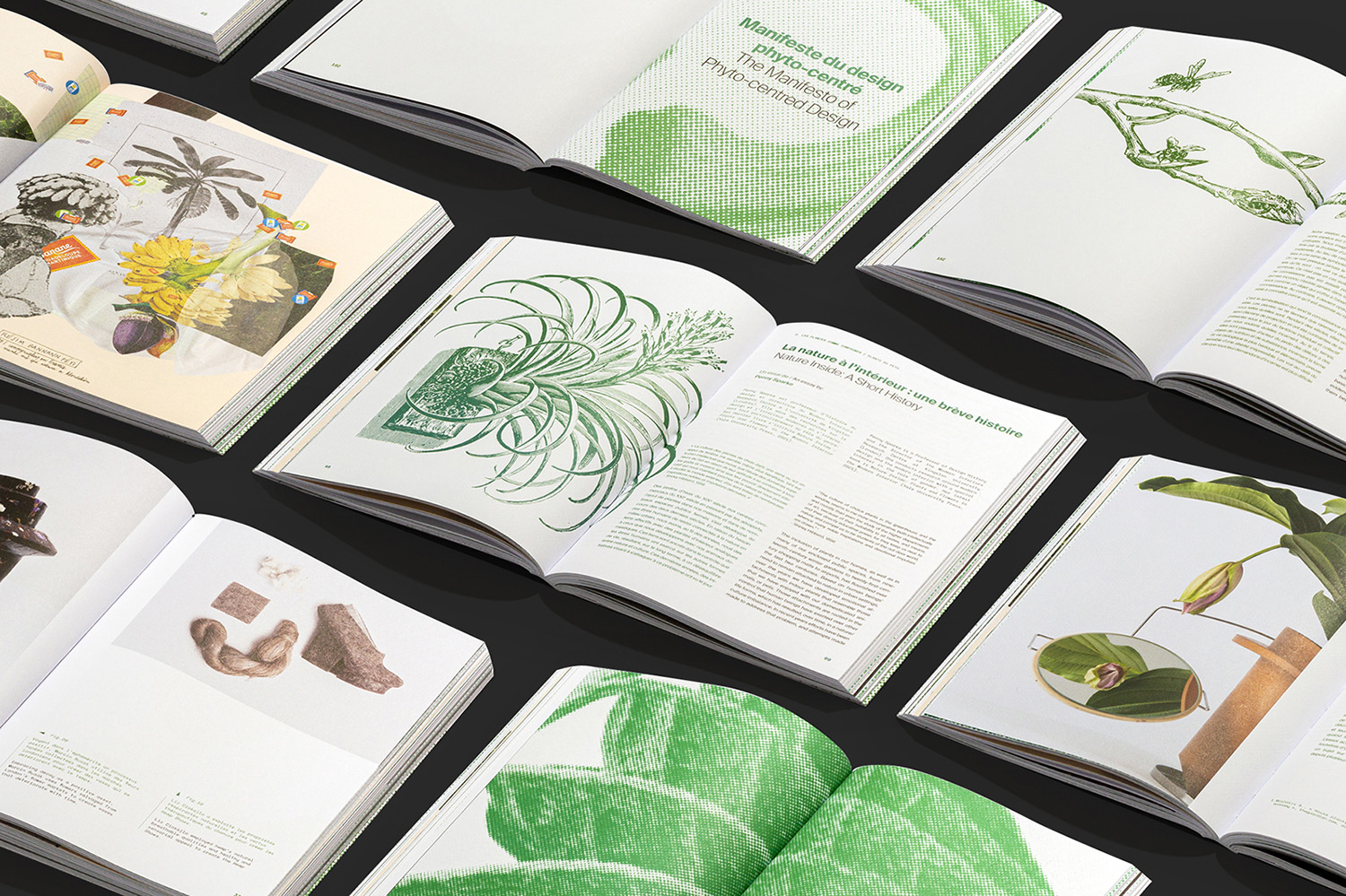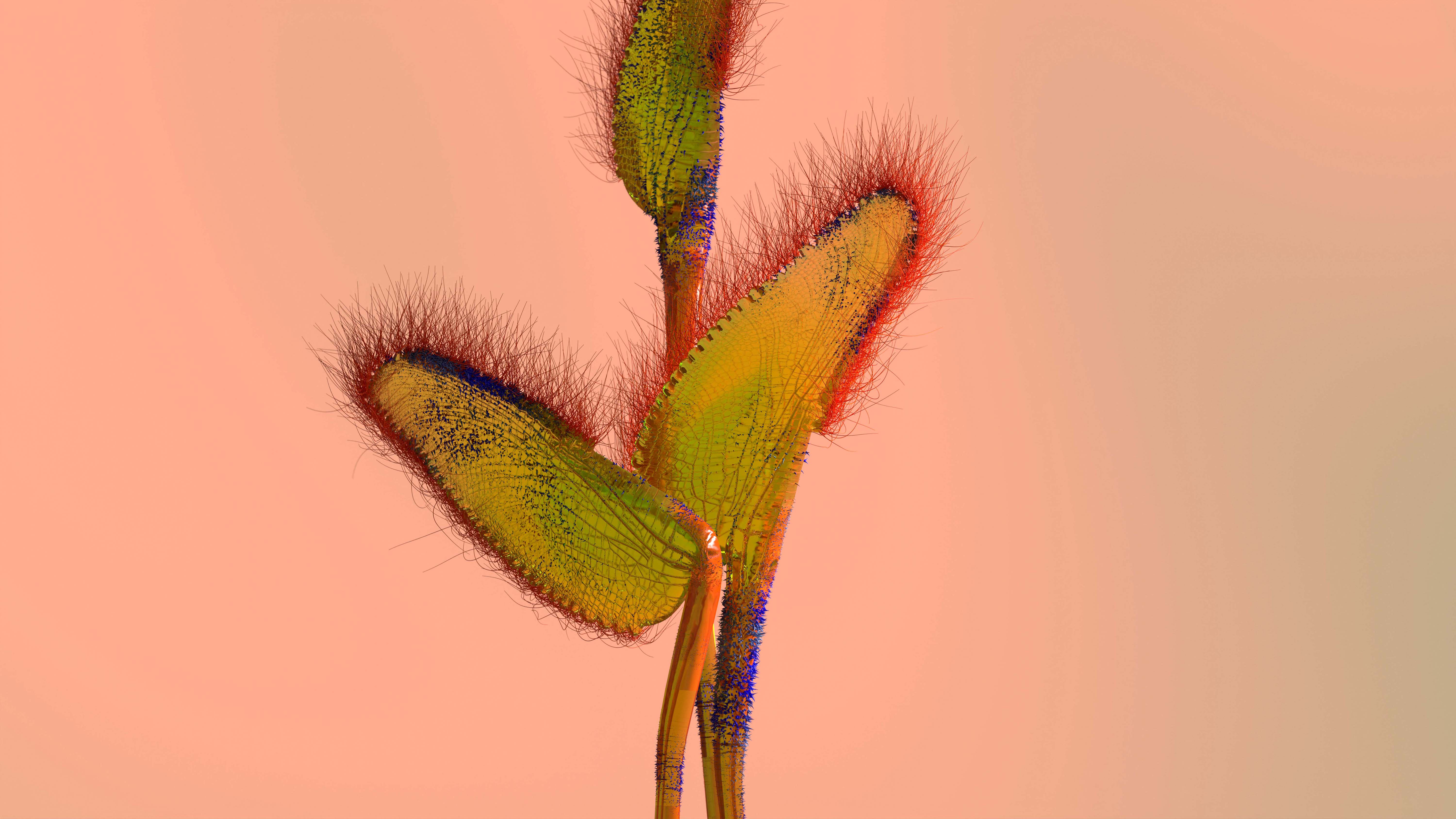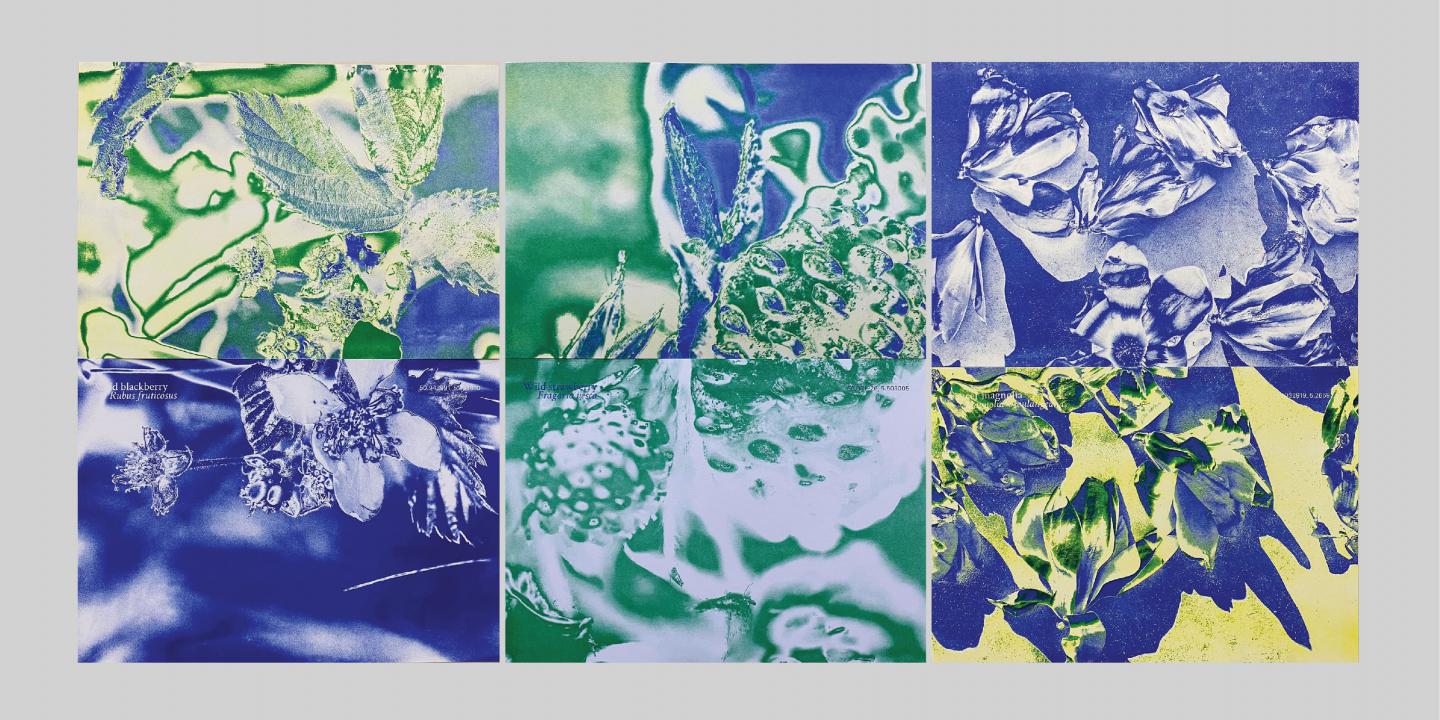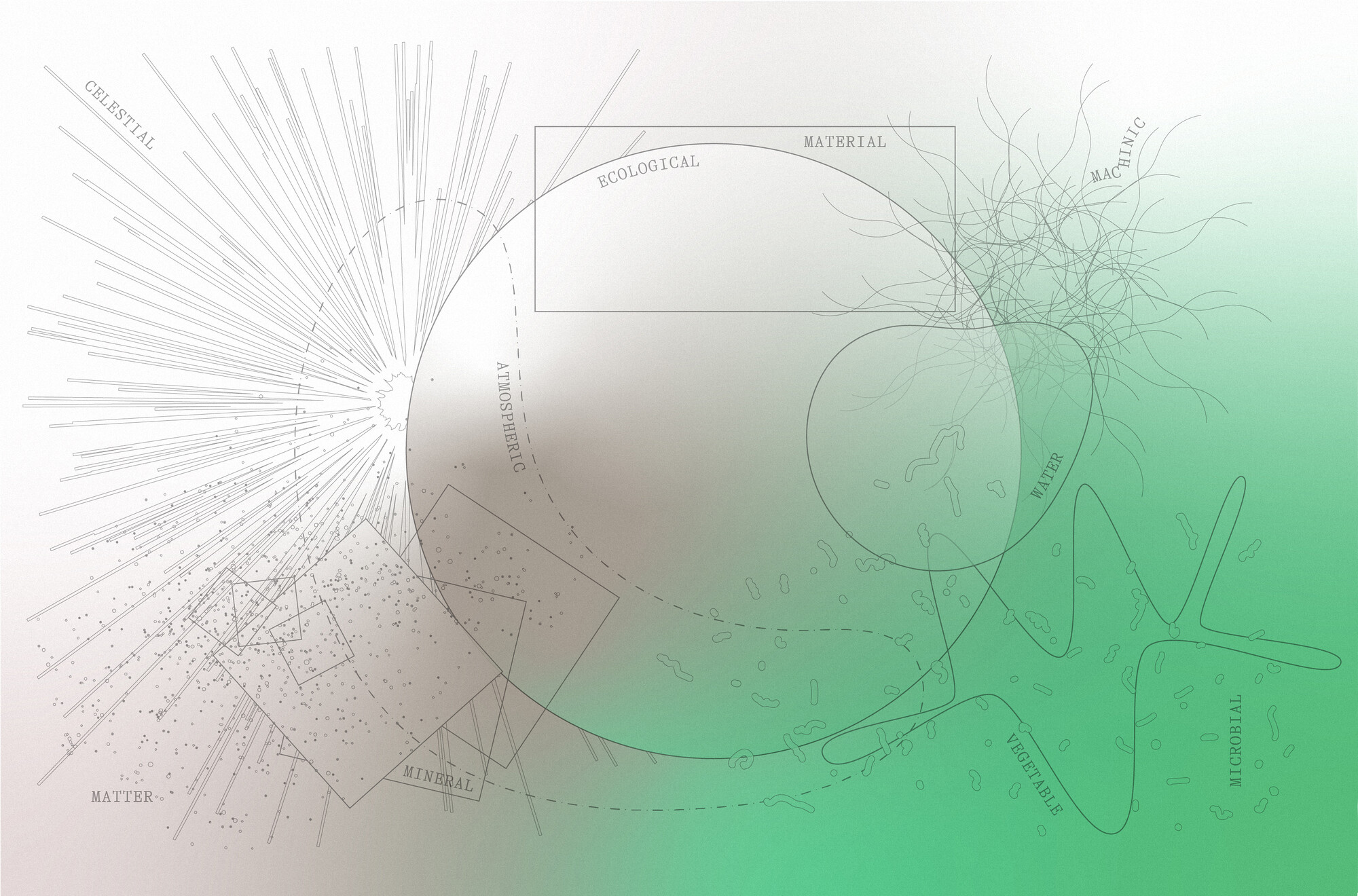This year’s Venice Design Week is turning to food for inspiration, focusing on a central theme of “De/Gusta De/Sign,” as it presents designers and artists that are molding the world of food through the interior design of restaurants, tableware and tools for food preparation. Open from October 12 – 20 at local gallery Arte Spazio Tempo, designers Amalia Shem Tov, Tomáš Krejčí and Renato Japi will present their work in a joint exhibition, inGALLERY, with each each project highlighting motifs in De/Gusta De/Sign.
 Image courtesy of Amalia Shem Too.
Image courtesy of Amalia Shem Too.
Amalia Shem Tov’s work with cooking utensils brings users back to earlier cooking practices, prompting them to turn away from the technologies and appliances that allow us to make food with minimal effort. The designer wants cooks to go “backwards to the primal and early process, to a physical work through a raw and natural material…” Labeled “ROOTS,” the project title describes its focus.
 Image courtesy of Amalia Shem Too.
Image courtesy of Amalia Shem Too.
Seeing her work as a reaction to contemporary reality, Shem Tov wants her cooking tools to help people create a more intimate relationship with food, by putting in more manual labor, feeling and manipulating materials as they cook. Rather than avoiding extra effort, she sees effort in the production of food as a simple joy, and something to be valued. The tools themselves reflect this emphasis on basics and primitive connection, using raw materials and rough edges to create a natural, inviting appearance.
 Image courtesy of Tomáš Krejčí and Renato Japi.
Image courtesy of Tomáš Krejčí and Renato Japi.
Turning away from an emphasis on tangible participation in the production of food, glass artists Tomáš Krejčí and Renato Japi will present their collaborative project Floating Futures, a series of glass and multimedia sculptures that explore the futuristic manipulations of materials. Depicting the vases that might sit on the kitchen tables of the future, Floating Features uses airy shapes and opaque materials to craft illusory sculptures.
 Image courtesy of Tomáš Krejčí and Renato Japi.
Image courtesy of Tomáš Krejčí and Renato Japi.
Posed together, the work of Shem Tov, Tomáš Krejčí and Renato Japi reveals an underlying dichotomy in the food designs of the future. A desire to return to more traditional, hands-on approach to cooking is contrasted with the visual elements of the future, where people search for new aesthetics and techniques.

